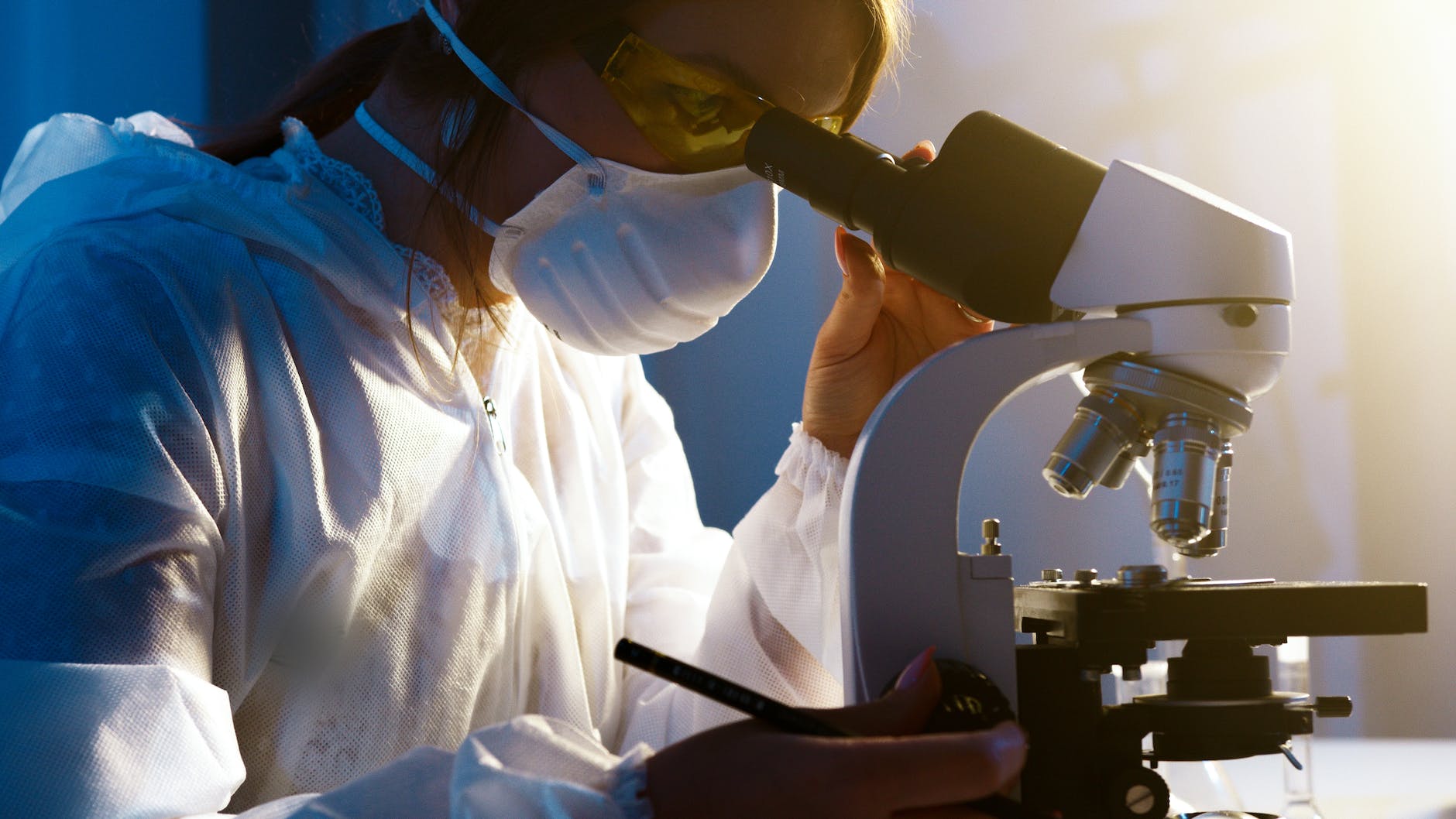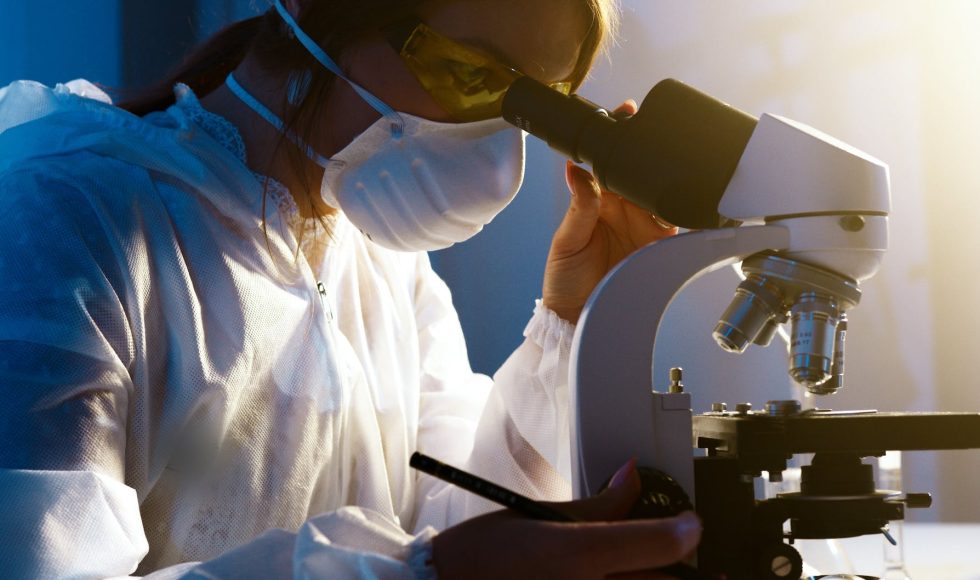Alaina J. Buchanan and Ginger R. Fisher are at the University of Northern Colorado and presented at ASMCUE 2022 a recorded session on the “Current Status of Science Practices in CUREs.” They mentioned that CUREs were described in 2014 by Auchincloss et al. and “born out of need for more workers in science, technology, engineering, and mathematics (STEM) disciplines. The benefit, Buchanan explained, is to engage more students enrolled in a course in research. The benefits of CUREs Buchanan listed were: appreciation for the work of scientists and increased confidence in science skills (Brownell et al. 2012 and 2015), positive shifts in self-efficacy/self-determination/motivation (Cooper et al. 2019 and Olimpo et al. 2016). The five components of CUREs are:
- Use of science practices
- Discovery
- Relevance
- Collaboration
- Iteration
Science practices include, Buchanan mentioned, designing studies and evaluating models. Buchanan also thought there were different items under science practices and asked: is it possible that different science practices lead to different outcomes? Grounded by work by the National Research Council, Laverty et al. 2016, and Chinn and Malhotra 2002, Buchanan began defining specific science practices for CUREs. Buchanan and Fisher decided that four items are specific and common for CUREs:
- Student-selected research question
- Student design of methodology
- Student review of primary literature
- Student dissemination
Buchanan had three goals: summarize the currently existing CUREs to provide a resource, analyze CUREs based on their components and specific science practices, and determine the next steps in CURE implementation and awareness.
Buchanan did a systematic review of the literature and backwards snowball sample that I didn’t know about. The search terms used were variations of CUREs. They then did multiple Mann-Whitney U-tests. With a total of 242 CUREs described in 2020 articles. About 68% were biology, 11.6% chemistry, 7.9% biochemistry, 5.4% interdisciplinary topics, and 7.4% other STEM fields. They also discovered that most CUREs (62.1%) were advanced. Buchanan had great animations over time. Interestingly, advanced CUREs have student design of methodology more frequently. Buchanan shared several findings, including the frequency of iteration and science practices. For example, introductory CUREs require dissemination more often than the advanced CUREs… and there is less collaboration in advanced CUREs. Buchanan asked: is there a difference in the learning outcomes used by instructors? The recommendations that Buchanan had were to test the models put forth by Corwin 2015. They also recommended more publications and dissemination of CUREs to learn about more!



